Knotweed is an invasive plant in the western United States. Common names include Japanese Knotweed (Fallopia japonica), Bohemian Knotweed, and Hybrid Knotweed. For our purposes we will refer to all as knotweed. The plant is a native to Asia and was originally imported as an ornamental screen or hedge plant.
The plant lives in a wide variety of conditions including streambanks, roadsides, and other moist distrubed areas.
Much of the information contained in this description was adapted from the King County’s noxious weed web site.
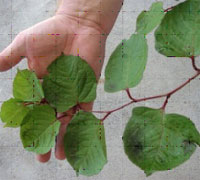
Figure 1. Knotweed leaves. Photograph: King County, Washington. www.kingcounty.gov
One page educational fact sheets can be downloaded here:
Hybrid Knotweed: An Invasive Plant
Hybrid Knotweed: What it is
Legal Status:
This plant is on the Idaho State Noxious Weed list and as such landowners are required by state law to control noxious weeds.
Identification
Hybrid knotweed is an upright, shrub like, herbaceous perennial that can grow to over 10 feet in height. As with all members of this family, the base of the stem above each joint is surrounded by a membranous sheath. Stems of Hybrid knotweed are smooth, stout and swollen at joints where the leaf meets the stem. Although leaf size may vary, they are normally about 6 inches long by 3 to 4 inches wide, broadly oval to somewhat triangular and pointed at the tip. The minute greenish-white flowers occur in attractive, branched sprays in summer and are followed soon after by small winged fruits. Seeds are triangular, shiny, and very small, about 1/10 inch long.
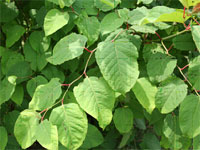
Figure 2. Knotweed plant. Photograph: Lynn Rasmussen. Nez Perce Soil and Water Conservation District. 2004
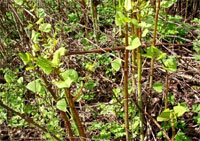
Figure 3. Knotweed - early growth stage. Photograph: Jan Samanek, State Phytosanitary Administration, Bogwood.org
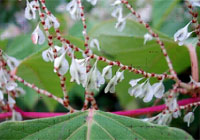
Figure 4. Knotweed flower. Photographer: Jan Samanek, State Phytosanitary Administration, Bogwood.org.
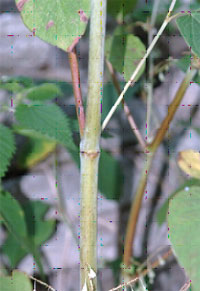
Figure 5. . Knotweed stem. Photograph: Chris Evans, River to River CWMA, Bogwood.org.
Nez Perce County Distribution:
Knotweed has been located in the City of Lewiston, along the stream at Mission Creek, Lapwai Creek, Garden Gulch and Tom Beall Creeks. Control efforts focus on injecting the stems.
Impacts:
- Dense thickets exclude native vegetation and greatly alter natural ecosystems.
- Significant threat to riparian areas, where it can survive severe floods and is able to colonize scoured shores.
Biology:
- Knotweed is a herbaceous perennial, this means that the plant dies down to ground level each winter and lasts for an indefinite number of years.
- The main way in which it spreads is by human activity. Essentially any part of the plant can, if broken off, grow into a new plant. The most usual way is for rhizomes (the underground root system, used to store food) to be broken off and spread onto new areas. The rhizomes are easily identified; normally they are brown, knobby and hairy. They snap easily (like a carrot) and are orange colored within.
- Knotweed grows in dense colonies (stands) and is interlinked through the rhizome system.
- Plants grow up to 10 feet tall.
- Plants begin growing in the fall and go dormant in the winter.
CONTROL
Knotweed is difficult to control. Landowners should refrain from cutting or digging as the plant can regenerate from a single piece. The most effective means of control is through herbicides. The District has an on-going control program within the Lapwai Creek watershed.
References:
- Ahrens, J.F. 1975. Preliminary results with glyphosate for control of Polygonum cuspidatum Proceedings of the Northeast Weed Control Conference 29:326.
- Child, L.E., L.C. De Wall, P.M Wade, J.P. Palmer. 1992. Control and management of Reynoutria species (knotweed). Aspects of Applied Biology 29:295-307.
- Hirose, T., K. Kitajima. 1986. Nitrogen uptake and plant growth. I. Effect of nitrogen removal on growth of Polygonum cuspidatum Ann. Bot. 58(4):479-486.